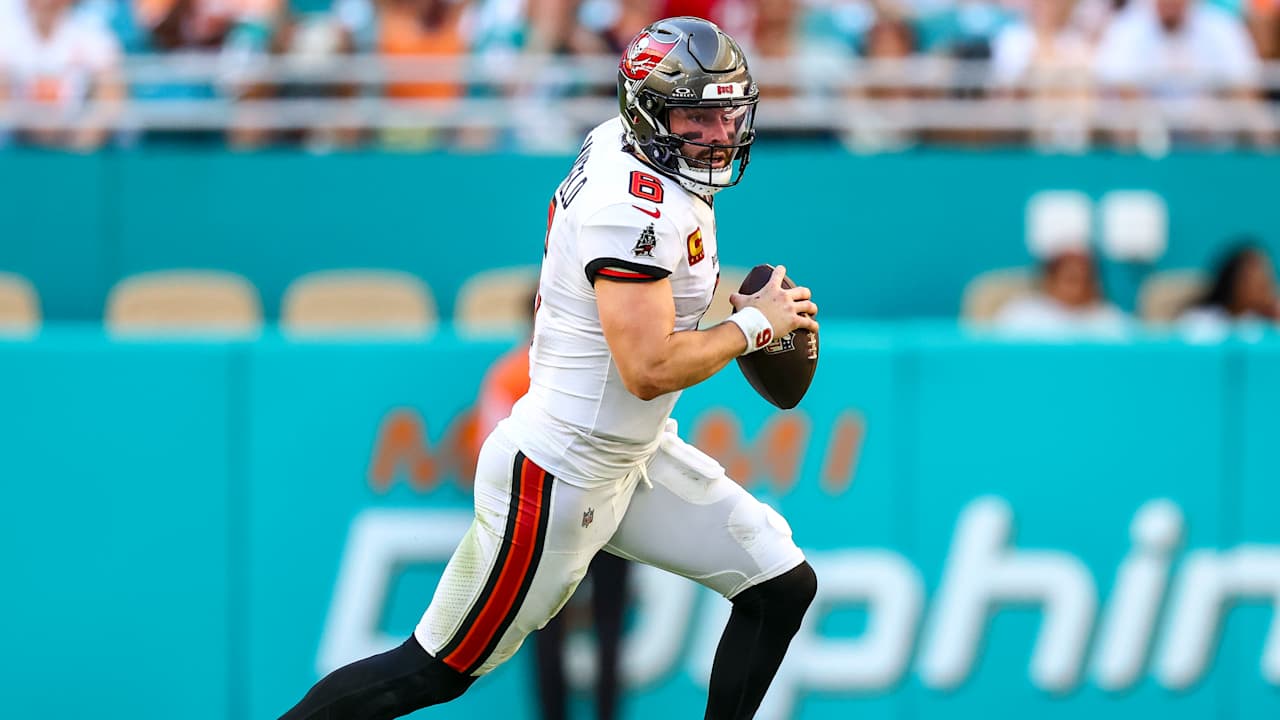The Tampa Bay Buccaneers lost to the Miami Dolphins on Sunday, 20-17, and despite it being the team’s seventh defeat in the last eight weeks, the prospect of a fifth straight NFC South title still exists. And it’s not a particularly…
Blog
-
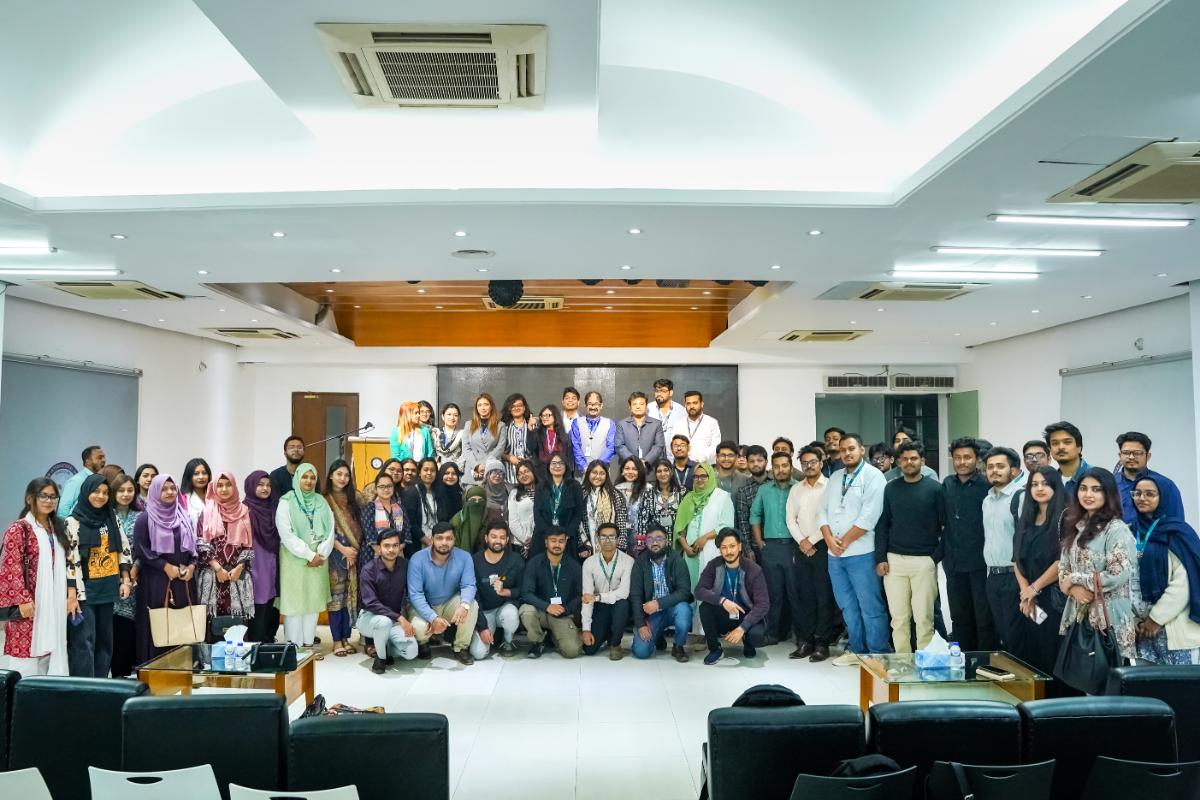
Workshop on “Digital-Age Presentation Mastery” organized by FBA
On Wednesday, 3 December 2025, the Faculty of Business Administration organized a high-impact workshop titled “Digital-Age Presentation Mastery” at the Multipurpose Hall – Annex 7, from 4:00 PM to 6:00 PM. The session was designed to strengthen students’ strategic communication capabilities and equip them with future-ready presentation competencies powered by AI-driven tools. Participation was open exclusively to students from the Faculty of Business Administration, with seating limited to 200 attendees, creating a focused, high-engagement learning environment.
The workshop featured an impressive lineup of speakers who delivered practical, innovation-focused insights on modern presentation excellence. Dr. Arif Khan, Assistant Professor, Department of Operations and Supply Chain Management, Farzan Mitu, Lecturer, Department of Marketing, and Nusrat Nowreen, Lecturer, Department of Management, led the core knowledge sessions, offering actionable frameworks on content structuring, storytelling, slide design, and the psychology of audience engagement. Their discussions emphasized AI-integrated tools such as Mentimeter, Canva AI, PowerPoint Copilot, and ClassPoint positioning these platforms as essential assets for building dynamic, interactive, and data-driven presentations.
The event also included special remarks from Prof. Dr. Anwar Hossain, Advisor and Dean-In-Charge, Faculty of Business Administration, whose presence added strategic weight to the initiative. Special acknowledgments were extended to Dr. Tahsin Farzana Jisun, Assistant Professor, Department of Operations and Supply Chain Management, Md. Mehzabul Hoque Nahid, Senior Assistant Professor and Department Head, MIS, and Fatema Tuz Zahra, Lecturer, MIS, for their valuable support in shaping the program. The session concluded with closing remarks and a formal vote of thanks delivered by Dr. Mohammad Faridul Alam, Professor and Director of the MBA & EMBA Program.
The workshop, branded as dynamic and innovative, effectively aligned academic ambition with industry expectations by demonstrating how AI-powered presentation tools can significantly elevate professional communication standards. FBA extends sincere appreciation to all students, volunteers, and faculty members whose participation and collaboration ensured the session’s strong operational execution and strategic impact.
.webp.webp)
.webp.webp)
.webp.webp)
.webp.webp)
.webp.webp)
.webp.webp)
.webp.webp)
Continue Reading
-
Mayor opens new recreation facilities at Karachi Zoo – Business Recorder
- Mayor opens new recreation facilities at Karachi Zoo Business Recorder
- Mayor opens upgraded recreational spots at Karachi Zoo Dawn
- Mayor seeks middle path on stray dogs The Express Tribune
- Mayor Wahab opens multiple recreation facilities at…
Continue Reading
-
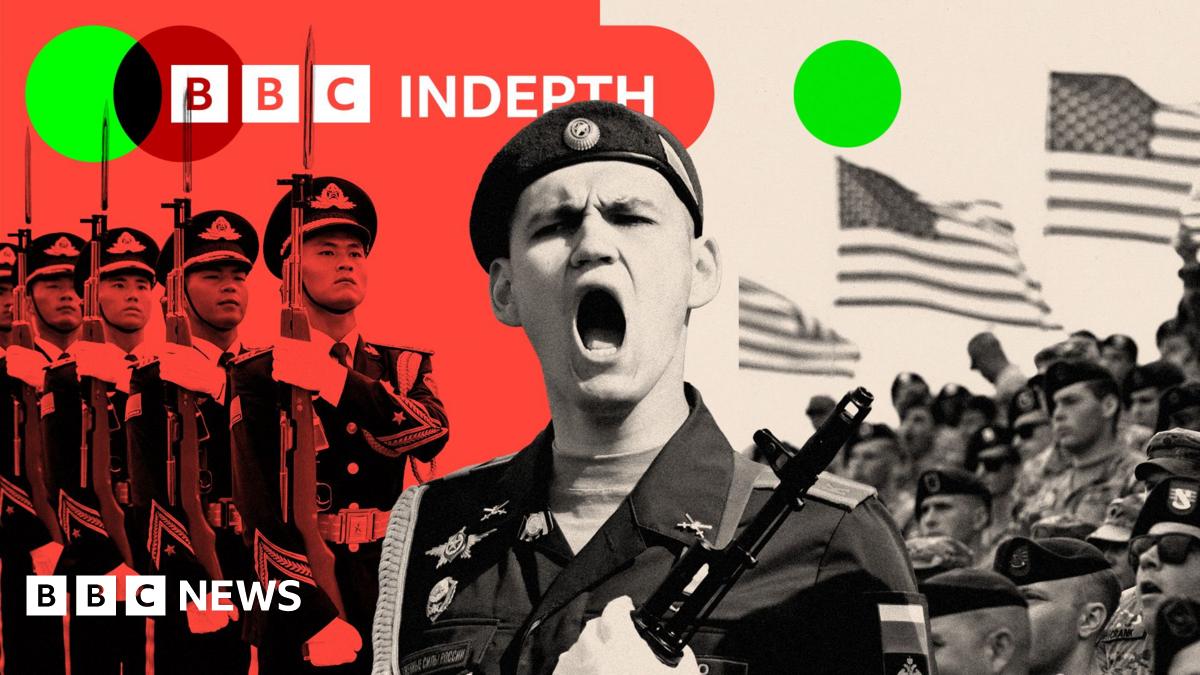
John Simpson on wars: ‘Why I’ve never seen a year like 2025′
The story of 4 June 1989 wasn’t as simple as we thought at the time: armed soldiers shooting down unarmed students. That certainly happened, but there was another battle going on in Beijing and many other Chinese cities. Thousands of ordinary…
Continue Reading
-
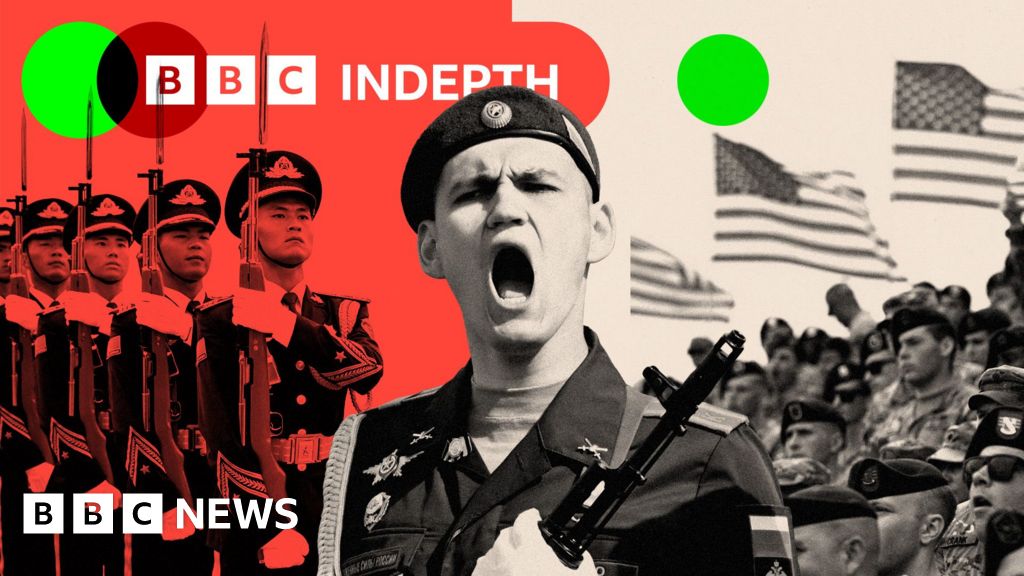
‘I’ve never seen a year as worrying as 2025’
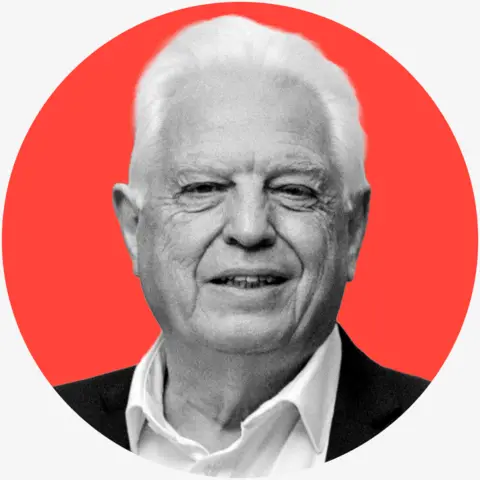
John SimpsonBBC world affairs editor
 BBC
BBCSensitive content: This article contains a graphic description of death that some readers may find upsetting
I’ve reported on more than 40 wars around the world during my career, which goes back to the…
Continue Reading
-

Europe’s largest defence groups set to return $5bn to shareholders in 2025
Stay informed with free updates
Simply sign up to the Aerospace & Defence myFT Digest — delivered directly to your inbox.
Europe’s largest defence groups are set to return close to $5bn to shareholders this year as the sector rewards investors and increases investment after a surge in global military spending following the war in Ukraine.
The bulk of the bumper returns this year at eight of Europe’s largest defence companies is in the form of higher dividends, according to analysis of the past decade by Vertical Research Partners for the Financial Times.
The research, which is focused on the largest defence players and excludes Airbus given its large commercial operations, shows that payouts are on course to reach a 10-year high.
Despite the payouts, the research also shows that European defence sector investment has risen significantly since Russia’s full-scale invasion of Ukraine nearly four years ago as companies have expanded production.
By contrast, shareholder returns by the six largest defence companies in the US — Lockheed Martin, General Dynamics, Northrop Grumman, RTX Corporation, L3Harris Technologies and Huntington Ingalls — have fallen after hitting a 10-year peak in 2023.
At the same time investment — capital expenditure and self-funded research and development calculated as a percentage of sales — has dropped slightly. Boeing is excluded given its large civil aerospace operations.
The industry has drawn criticism, notably in the US, over doubts that it is investing the proceeds of the boom to boost production of new weapons and not simply spending those gains on share buybacks.
Donald Trump has urged defence contractors to invest money in production, boosting returns to shareholders. He is due to discuss such issues with companies in Florida this week.
His comments follow those of US Treasury secretary Scott Bessent, who said in October that the country’s defence companies were “woefully behind in terms of deliveries, so we may have to, as their biggest customer . . . prod them to do a little more research, a little fewer stock buybacks”.
Rob Stallard, analyst at Vertical Research, said the accusation that the US defence industry had underinvested or was “profiteering” was “not supported by the facts”.
“Buybacks and dividends as a percentage of market cap [of US companies] have almost halved over the past two years.”
Vertical’s research shows that the average investment of the basket of European companies analysed — measured as capex plus R&D spend as a percentage of revenues — is expected to rise to 7.9 per cent in 2025. In 2021, the year before the start of the conflict in Ukraine, this figure was 6.4 per cent.
Public debate about the issue in Europe has so far been limited but some industry experts believe that given the significant spending pledges announced by governments, they could become more involved.
“If defence spending rises to a certain level, significantly higher than it is now, then defence becomes so important to the governments that they will become very interested in how much money you are making,” said Nick Cunningham, analyst at Agency Partners.
At the same time, he added, the industry in Europe was “not ramping up”.
“If you are operating in a capacity-constrained environment, coining it and buying back stock, that will not be going down very well. So you should make a big song and dance around how much you are investing,” he added.
Continue Reading
-
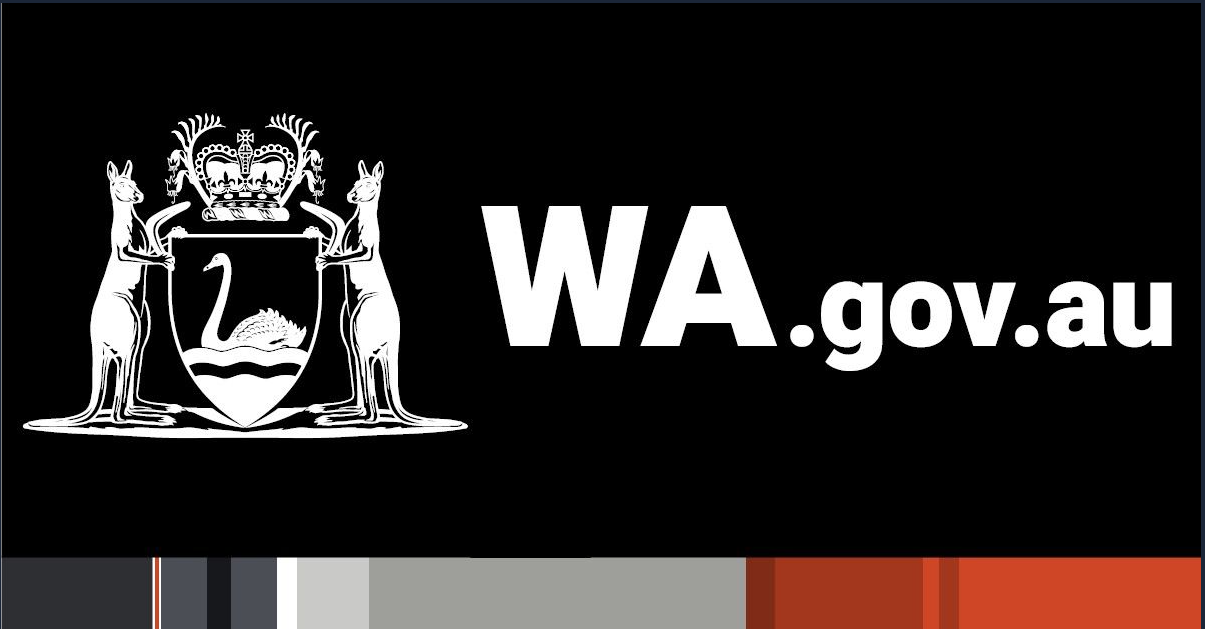
Cook Government backs Aboriginal businesses at EXA 2026
- Twelve Aboriginal businesses to showcase expertise
at major energy exhibition - Energy Exchange Australia 2026 to feature
international, Australian exhibitors, speakers, attendees - Cook Government-supported Aboriginal Business
Pavilion a hub for domestic, international exposure
The Cook Government will
support 12 Aboriginal businesses to co-exhibit in the Aboriginal Business
Pavilion at Energy Exchange Australia (EXA) 2026, a major conference attracting
more than 6,000 attendees from 33 countries.EXA is a leading
exhibition and conference celebrating innovation across the energy sector, from
oil and gas through to renewables and clean energy solutions.The Aboriginal Business
Pavilion will provide local businesses with the opportunity to showcase their
products, technologies, innovations and services to domestic and international
markets.In 2025, it featured 257
exhibitors and 170 speakers.Formerly known as AOG
Energy, EXA will be held from 10-12 March, 2026 at the Perth Convention and
Exhibition Centre.To learn more, visit EXA
2026: Aboriginal Business PavilionComments attributed to Energy and Decarbonisation Minister Amber-Jade
Sanderson:“The Aboriginal Business
Pavilion will showcase the capability, innovation and professionalism of
Western Australian Aboriginal businesses to the global energy sector.“By supporting Aboriginal
businesses to engage directly with major operators and supply chain partners,
the Cook Government is helping to create real economic opportunities and
long-term partnerships across the energy industry.”Comments
attributed to Aboriginal Affairs Minister Don Punch:“The Aboriginal Business
Pavilion is an exciting opportunity to highlight the skill, innovation and
resilience of WA’s Aboriginal businesses on a national and international stage.“By supporting
Aboriginal-owned businesses to connect with markets and industry leaders, we’re
helping to build sustainable economic opportunities for our communities.”EXA 2026 Aboriginal Business Pavilion Co-Exhibitors
Continue Reading
- Twelve Aboriginal businesses to showcase expertise
-
SBP Board expresses condolence on Shamshad Akhtar’s death – Business Recorder
- SBP Board expresses condolence on Shamshad Akhtar’s death Business Recorder
- Former SBP governor Dr Shamshad Akhtar passes away Dawn
- Pakistan’s first female central bank head Shamshad Akhtar dies at 71 Reuters
- Pakistan’s UN envoy mourns death…
Continue Reading
-
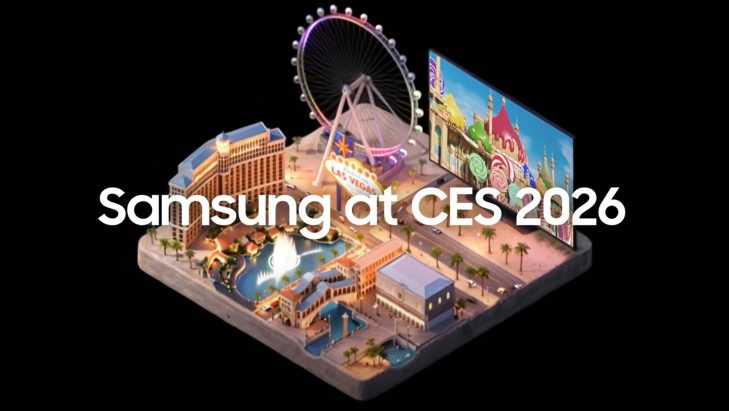
Samsung to Operate a Standalone Exhibition Hall at CES 2026 that Delivers an AI Ecosystem Experience – Samsung Newsroom Australia
Samsung’s CES 2026 showcase is set to transform the exhibition paradigm through immersive experiences and Tech Forums that feature thought leadership panels
Samsung Electronics Co., Ltd. today announced that it will boldly break away from the conventional exhibition framework and present a new exhibition paradigm with The First Look at CES 2026, the world’s largest consumer electronics show, to be held in Las Vegas, Nevada on Jan. 6–9.
For The First Look, Samsung is shifting from operating a public booth within the Las Vegas Convention Center (LVCC) to establishing a standalone exhibition hall at The Wynn Las Vegas. There, Samsung will curate an experience that adopts techniques used in art galleries and museums to unveil its new products and technologies.
To this end, the company has built its exhibition space, the Samsung Exhibition Zone, on an industry-leading scale, enabling all activities – from product exhibitions and presentations, to events, technology forums and consultations with key clients and partners – to be conducted organically in a single integrated location. The Exhibition Zone reflects Samsung’s strong commitment to transforming the exhibition paradigm beyond a simple change of venue, towards an approach centered around customer experiences.
Beyond Simple Lineups: Experiencing the Essence of AI in a Well-Curated Space
At CES 2026, Samsung will present its unified AI approach for its Device eXperience (DX) Division and articulate the company’s overall business direction. It is because of this ambitious vision that the company has chosen to establish an industry-leading, large-scale premium standalone exhibition space at The Wynn. Via this approach, Samsung will have minimal limitations when showcasing its industry-leading innovations and will be able to better convey its overall AI strategy and vision, including real-life value it can bring to consumers.
The First Look event has been designed to demonstrate how Samsung’s technology transforms lives, moving beyond only showcasing new product features. To realise a fully immersive environment, the exhibition will provide minimised congestion and enhanced programming for a deeper, more meaningful visitor experience.
A Grand Showcase of Samsung AI at the Industry’s Largest Space
Through carefully curated storytelling, Samsung’s Exhibition Zone has been designed to allow visitors to intuitively engage with Samsung’s AI innovation, current key technologies and future direction. Under the theme of “Your Companion to AI Living,” the exhibition showcases how Samsung has extensively applied AI technologies not only across all its product categories, including mobile[1], home appliances and displays, but also the functions and services that connect them. Visitors will be able to experience these differentiated AI capabilities, which offer seamless, always-on connectivity anytime and anywhere. This hyper-connected ecosystem, where software and AI work together to overcome the normal limits of hardware, is something that only Samsung can deliver[2].
New Tech Forums Spotlight Recent Industry Trends and Technologies
At CES 2026, Samsung will also host a series of Tech Forum panel discussions dedicated to exploring the latest industry trends and future technologies. The panels will be held over two days on Jan. 5–6 (local time), and will consist of four sessions centered on AI, home appliances, services and design.
Each session will feature both Samsung experts and participants from partner companies, academia, media and the analyst community, who will engage in in-depth discussions on industry trends – as well as new technologies and the future of the industry.
To learn more about The First Look, visit Samsung Australia’s Newsroom https://news.samsung.com/au.
[1] Galaxy AI features are currently free of charge, with any specific plans for premium AI services to be decided in close coordination with our partners. There are currently no plans to charge for Galaxy AI features, however different terms may apply to other AI features provided by third parties, at the end of 2025.
[2] Internet connection and Samsung Account required. Data and subscription charges may apply. Apps and UI may be subject to change without notice.
Continue Reading
-

Gen Z is stepping up to clean beaches in Pakistan’s Karachi
December 29, 2025
KARACHI – Gen Z isn’t waiting around for anyone else to take action when it comes to keeping Karachi’s beaches clean and with its steadily growing beach cleanup drives, the Hammad Foundation is making sure that the…
Continue Reading
